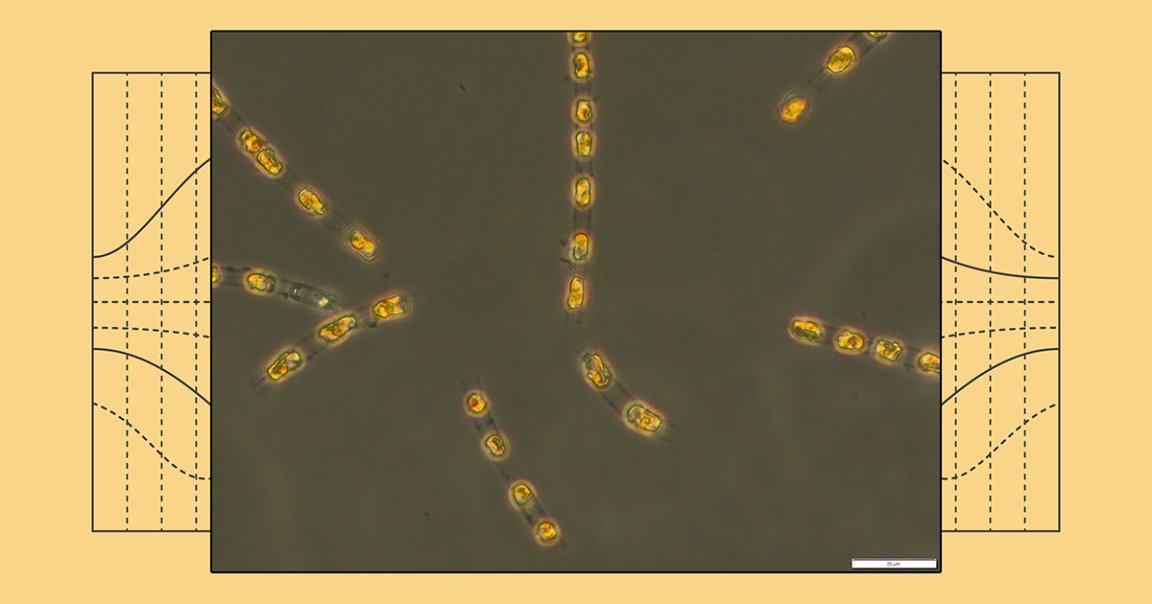
A team of researchers in Germany have revived algae cells found buried at the bottom of the Baltic Sea, where they’d lain dormant for more than 7,000 years.
For millennia, the cells, imprisoned under layers of sediment, were deprived of oxygen or light. But once revived, they showed full functional recovery, the researchers report in a study published in The ISME Journal, firing back up their oxygen production and multiplying again like it was no big deal.
According to the team, this is the oldest known organism retrieved from aquatic sediments to be revived from dormancy, providing a stunning example of what’s possible in the burgeoning field of “resurrection ecology.”
“It is remarkable that the resurrected algae have not only survived ‘just so,’ but apparently have not lost any of their ‘fitness,’ i.e. their biological performance ability,” study lead author Sarah Bolius of the Leibniz Institute for Baltic Sea Research said in a statement about the work. “They grow, divide and photosynthesize like their modern descendants.”
When entering a dormant state, organisms can weather poor environmental conditions by storing energy and lowering their metabolism. Mammals like hedgehogs, for example, accomplish this by hibernating, relying on their body fat to outlast the winter.
But in the Baltic Sea, the conditions are just right to allow some algae to survive far longer than what a typical dormant state would allow. Upon becoming dormant, the phytoplankton cells sink to the bottom of the ocean, where they’re gradually buried under accumulating layers of sediment.
These latest specimens were extracted from nearly 800 feet underwater, in an area known the Eastern Gotland Deep. Here, the waters are considered anoxic, meaning they have virtually no oxygen, especially at the lowest depths. Without this element, decomposition can’t set in. And with the seafloor acting as a shield, there’s no sunlight to damage the dormant algae cells, either.
In all, algae from nine separate samples were able to be restored after the researchers placed them back in favorable conditions. The eldest was dated to 6,871 years old, plus or minus 140 years, an estimate the researchers could confidently make thanks to the “clear stratification” of the sediment, according to Bolius.
“Such deposits are like a time capsule containing valuable information about past ecosystems and the inhabiting biological communities, their population development and genetic changes,” Bolius said.
And that’s what’s really promising. Bolius believes that by reviving the dormant organisms, they’ll also learn more about the environment during the period they originally lived in, such as the water’s salinity, oxygen, and temperature conditions.
“The fact that we were actually able to successfully reactivate such old algae from dormancy is an important first step in the further development of the ‘Resurrection Ecology’ tool in the Baltic Sea,” Bolius added. “This means that it is now possible to conduct ‘time-jump experiments’ into various stages of Baltic Sea development in the lab.”
More on ocean life: It Turns Out Sharks Make Noises, and Here’s What They Sound Like